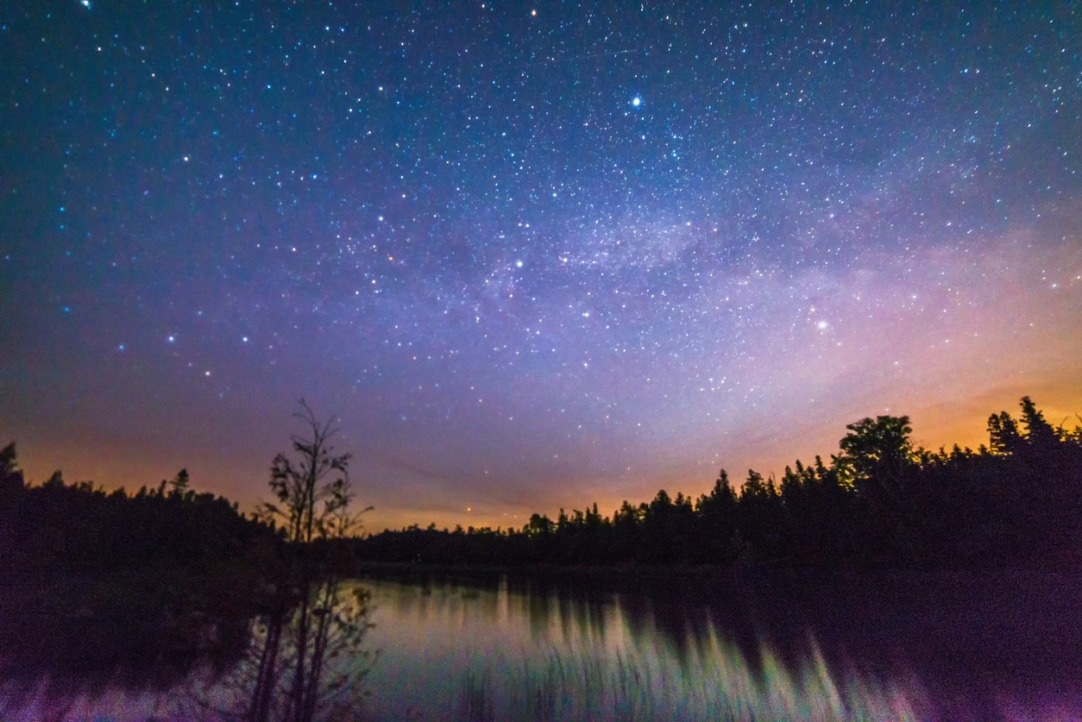Reviewed by Alex SmithAug 8 2022
The 11 previously unreported space anomalies, seven of which are supernova candidates, were found by the SNAD team, an international network of academics that includes Matvey Kornilov, Associate Professor at the Faculty of Physics at the HSE University.

Image Credit: iStock
For the “nearest neighbor” approach of anomaly detection, the researchers used a k-D tree to analyze digital images of the Northern sky collected in 2018. Machine learning algorithms helped automate the search. New Astronomy published the paper.
The majority of astronomical discoveries have relied on initial observations and later calculations. Even though there were relatively few observations made overall in the 20th century, the introduction of extensive astronomical surveys significantly increased the amount of data available.
For instance, the Zwicky Transient Facility (ZTF), which surveys the Northern sky with a wide-field view camera, generates ∼1.4 TB of data each observational night and has billions of objects in its catalog.
The SNAD team, made up of researchers from the US, France, and Russia, realized that manually analyzing such massive volumes of data would be expensive and time-consuming and so decided to build an automated solution.
When analyzing astronomical objects, scientists look at their light curves, which depict changes in an object’s brightness over time. The observers first see a flash of light in the sky and then watch it develop to see if it gets brighter, weaker, or disappears altogether.
Millions of actual light curves from the ZTF’s 2018 archive, as well as seven generated live curve models of the target objects, were analyzed in this investigation. They monitored 40 characteristics altogether, including the timing and the amplitude of an object’s brightness.
We described the properties of our simulations using a set of characteristics expected to be observed in real astronomical bodies. In the dataset of approximately a million objects, we were looking for super-powerful supernovae, Type Ia supernovae, Type II supernovae, and tidal disruption events. We refer to such classes of objects as anomalies. They are either very rare, with little-known properties, or appear interesting enough to merit further study.
Konstantin Malanchev, Study Co-Author and Postdoctoral Researcher, University of Illinois at Urbana-Champaign
The k-D tree approach was then used to compare the light curve data from simulations to that from real objects. A k-D tree is a geometric data structure for breaking space into smaller pieces using hyperplanes, planes, lines, or points.
This technique was utilized in the current study to focus the search area while seeking actual items with characteristics that corresponded to those in the seven simulations.
The team then found 15 nearest neighbors, or actual items from the ZTF database, for each simulation — a total of 105 matches — which they then visually inspected to look for irregularities.
Eleven anomalies were confirmed by human verification, of which seven were supernova candidates, and four were candidates for active galactic centers where tidal disruption events could occur.
This is a very good result. In addition to the already-discovered rare objects, we were able to detect several new ones previously missed by astronomers. This means that existing search algorithms can be improved to avoid missing such objects.
Maria Pruzhinskaya, Study Co-Author and Research Fellow, Sternberg Astronomical Institute
This study shows that the technique is both extremely efficient and comparatively simple to use. The suggested technique for identifying certain types of space events is all-encompassing and can be utilized to find any intriguing celestial objects, not just unusual kinds of supernovae.
Astronomical and astrophysical phenomena which have not yet been discovered are in fact anomalies. Their observed manifestations are expected to differ from the properties of known objects. In the future, we will try using our method to discover new classes of objects.
Matvey Kornilov, Associate Professor, Faculty of Physics, HSE University
Journal Reference:
Aleo, P.D., et al. (2022). SNAD transient miner: Finding missed transient events in ZTF DR4 using k-D trees. New Astronomy. doi:10.1016/j.newast.2022.101846.